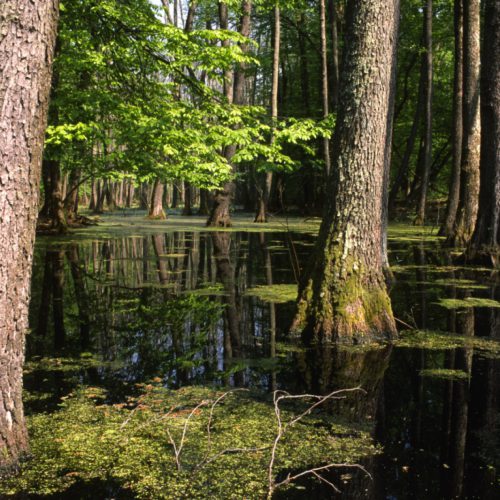News
Hydropower energy is not the best solution
On 10th November 2015, the European Parliament Forum on Recreational Fisheries and Aquatic Environment organised a conference in the European Parliament which was entitled “How green is hydropower?” In a time, where crucial decisions for the future of our climate and energy policies are made, this is certainly a topic of utmost importance.
The contribution of hydropower to reduce CO2 emissions and reach renewable energy goals will definitely be a point of discussion, especially now, after the signing of the Paris Agreement. A main aspect of the Paris Agreement is that the signing parties settled on the goal of limiting global warming to less than 2°C compared to pre-industrial levels. Many people would argue that, in order to reach this goal, renewable energy sources, including hydropower, are the way forward.
However, at the conference, speakers from the scientific community and various environmental NGOs highlighted the negative ecological impacts of hydropower. While hydropower is often perceived to be a clean source of energy, its detrimental impacts on nature cannot be ignored.
The detrimental impacts of hydropower plants can be illustrated by the example within the Slovenian part of the “Amazon of Europe”, where a number of hydropower plants are planned. The first plant is to be built near Hrastje-Mota, close to the Austrian border. Going ahead with these plans would have severe impacts on the whole ecosystem along the Mura and its unique biodiversity. For example, rivers would be decoupled from the floodplains, as the constant interplay between floods and droughts would stop. Endangered habitats, such as floodplain forests would be irreversibly destroyed, as well as gravel banks and natural river banks. Moreover, a hydropower plant in this pristine area would lead to the displacement of riverine species such as the kingfisher, sand martin or sterlet and also migratory fish species would be severely affected as they could no longer reach their spawning grounds.
While these are just a few examples of harmful effects hydropower can cause, one gets the idea that this energy source is far from clean or ecologically sustainable. Therefore, as presenters at the conference mentioned, it is vital to consider these negative impacts when deciding what the role of hydropower can be to reach EU energy and climate targets.
If you want to read more about the conference, we invite you to click here.



